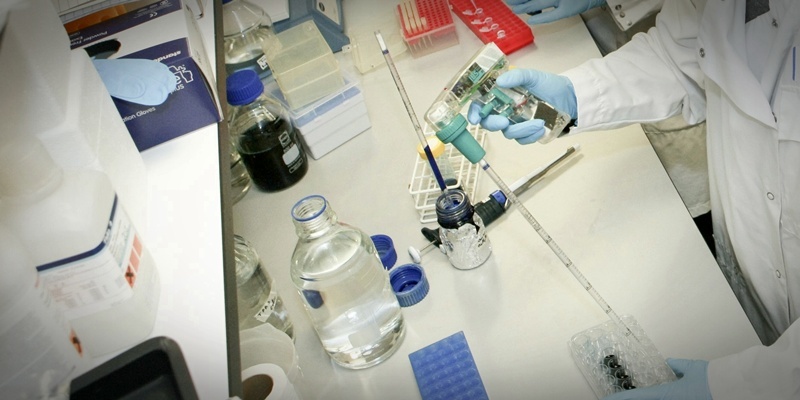Dundee University’s role in the UK life sciences industry has been recognised by David Cameron.
New measures to boost life sciences, including at Ninewells Hospital, were unveiled by the Prime Minister on Monday. Dundee University will share in a £180m ”catalyst fund” to help turn ”bright new ideas” in laboratories into new drugs or technologies that commercial investors are keen to bring to the market.
An early access scheme will give thousands of patients faster access to promising, cutting-edge treatments.
The UK’s medicines watchdog would consider whether some drugs can be prescribed before they are fully licensed.
More than 600 life sciences firms north of the border are estimated to employ over 32,000 people in an industry worth £3.2bn, fuelled by research hubs at Dundee University and the universities of Edinburgh, Glasgow and Aberdeen.
Mr Cameron voiced concern that Britain’s place in global pharmaceuticals is at a crossroads, with breakthroughs struggling to gain backing. A past of scientific breakthroughs, such as the first beta-blockers, pioneered by Scottish scientist Sir James Black, is not enough in an industry changing ”month by month”, he said.
Mr Cameron said the UK has to innovate ”not just to stay in the game, but to lead the game”.
He said: ”Not just to hold on to the big companies we’ve got, but to see more businesses setting up here. The most crucial, fundamental thing we’re doing is opening up the NHS to new ideas.”
He added: ”The end-game is for the NHS to be working hand-in-glove with industry as the fastest adopter of new ideas in the world, to pull innovations through from the labs to the boardrooms to the hospital bed.”
The early access scheme would allow patients with life-threatening conditions, such as brain or lung cancer, to get drugs up to a year earlier.
The Medicines and Healthcare products Regulatory Agency will decide on the costs and benefits of prescribing them where there are no other treatment options.
Graeme Boyle, of Nexxus, Scotland’s networking body for the life science industry, said: ”A catalyst fund is important because it helps grow the sector and will boost the number of clinical trials. By having clinical trials happening, you hopefully improve the health outcomes.”
Doug Johnstone, of the Scottish Lifesciences Association, said the extra investment would be welcome if it encourages business ‘angels’ people with money for start-up ventures to invest.
But UK-wide it was a small sum compared with the billions invested in the industry.
The Scottish Government is also looking at ways to make the NHS a ”driver of innovation”, he said.
Scotland had managed to reduce approval times for clinical trials from up to 50 days to closer to 15. But Mr Johnstone said: ”You want your drugs to be as safe as possible before they get to patients. We are always looking at how it can be improved but safety and efficacy is number one.”
A Dundee University spokesman said: ”As David Willetts, the minister for universities and science, has again made clear, much of the inspiration behind what the Government is announcing today has come from Scotland and Dundee in particular.
”We can point to strong examples such as the Division of Signal Transduction Therapy (DSTT) within the College of Life Sciences which has created a knowledge exchange partnership that has locked inward investment of upwards of £50 million into Scotland.”
He added: ”Supported by five of the world’s leading pharmaceutical companies, the DSTT is widely cited as a model of effective interaction between a university and the commercial sector. It is something which we, together with local partners, aim to continue to develop well into the future.”
